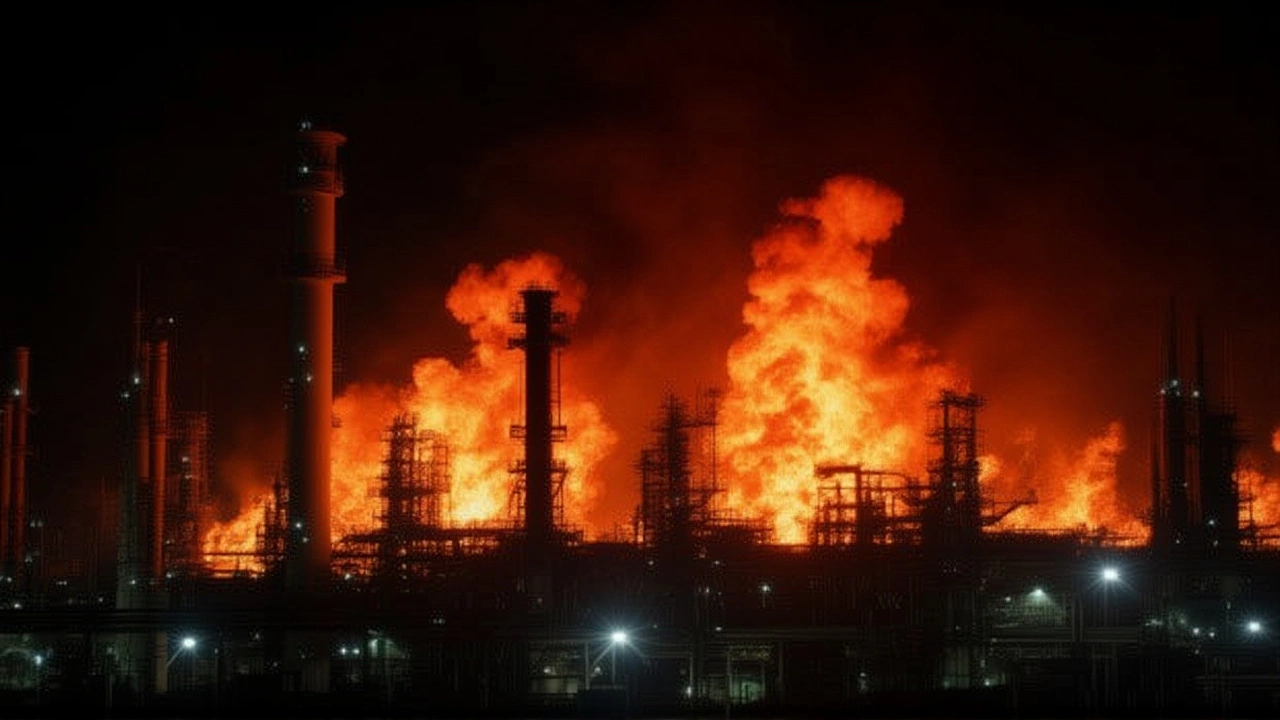Chevron El Segundo Refinery Fire Extinguished After October 2 Explosion
A massive fire erupted at Chevron's El Segundo refinery on Oct 2, 2025, after an explosion. No injuries were reported, but investigators are probing the cause and air‑quality impacts.
